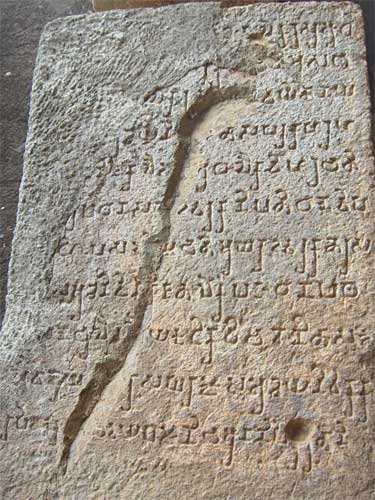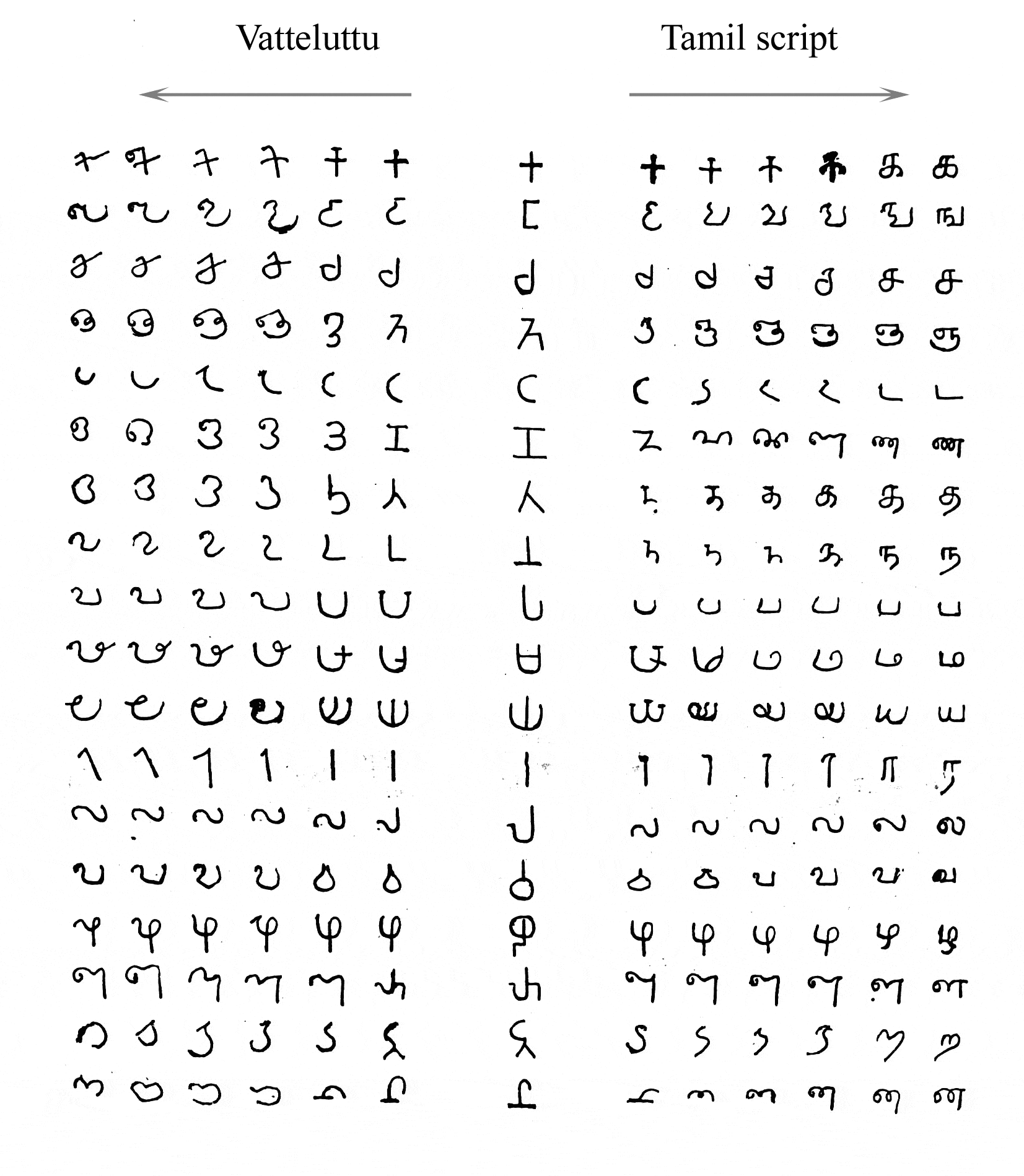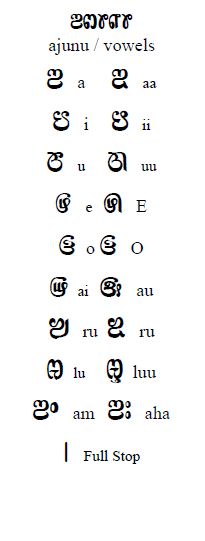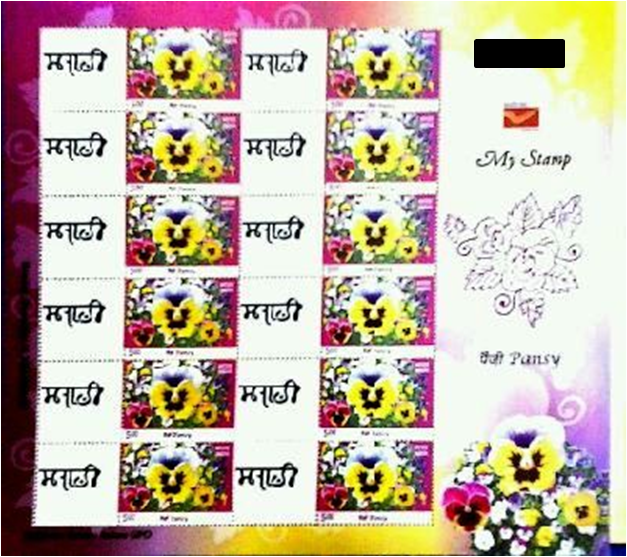|
Khojki Script
Khojkī, Khojakī, or Khwājā Sindhī ( sd, خوجڪي (Arabic script) खोजकी ( Devanagari)), is a script used formerly and almost exclusively by the Khoja community of parts of the Indian subcontinent, including Sindh, Gujarat, and Punjab. However, this script also had a further reach and was used by members of Ismaili communities from Burma to East and South Africa. The name "Khojki" is likely derived from the Persian word ''khoja'', which means "master", or "lord". The script was employed primarily to record Ismaili religious and devotional literature; most notably in the form of poetry called ''gināns'' (a term derived from the Sanskrit ''jnāna'' meaning contemplative knowledge). Khojkī belongs to a family of scripts classified as ''landā'' or ‘clipped’ alphabets primarily employed as commercial and mercantile scripts by various Hindu communities of Sind and Punjab. It is one of the two Landā scripts used for liturgy, the other being the Gurmukhī alph ... [...More Info...] [...Related Items...] OR: [Wikipedia] [Google] [Baidu] |
Abugida
An abugida (, from Ge'ez language, Ge'ez: ), sometimes known as alphasyllabary, neosyllabary or pseudo-alphabet, is a segmental Writing systems#Segmental writing system, writing system in which consonant-vowel sequences are written as units; each unit is based on a consonant letter, and vowel notation is secondary. This contrasts with a full alphabet, in which vowels have status equal to consonants, and with an abjad, in which vowel marking is absent, Abjad#Impure abjads, partial, or optional (although in less formal contexts, all three types of script may be termed alphabets). The terms also contrast them with a syllabary, in which the symbols cannot be split into separate consonants and vowels. Related concepts were introduced independently in 1948 by James Germain Février (using the term ) and David Diringer (using the term ''semisyllabary''), then in 1959 by Fred Householder (introducing the term ''pseudo-alphabet''). The Ethiopian Semitic languages, Ethiopic term "abugi ... [...More Info...] [...Related Items...] OR: [Wikipedia] [Google] [Baidu] |
Indian Subcontinent
The Indian subcontinent is a list of the physiographic regions of the world, physiographical region in United Nations geoscheme for Asia#Southern Asia, Southern Asia. It is situated on the Indian Plate, projecting southwards into the Indian Ocean from the Himalayas. Geopolitically, it includes the countries of Bangladesh, Bhutan, India, Maldives, Nepal, Pakistan, and Sri Lanka."Indian subcontinent". ''Oxford Dictionary of English, New Oxford Dictionary of English'' () New York: Oxford University Press, 2001; p. 929: "the part of Asia south of the Himalayas which forms a peninsula extending into the Indian Ocean, between the Arabian Sea and the Bay of Bengal. Historically forming the whole territory of Greater India, the region is now divided into three countries named Bangladesh, India and Pakistan." The terms ''Indian subcontinent'' and ''South Asia'' are often used interchangeably to denote the region, although the geopolitical term of South Asia frequently includes Afghanist ... [...More Info...] [...Related Items...] OR: [Wikipedia] [Google] [Baidu] |
Unicode
Unicode, formally The Unicode Standard,The formal version reference is is an information technology Technical standard, standard for the consistent character encoding, encoding, representation, and handling of Character (computing), text expressed in most of the world's writing systems. The standard, which is maintained by the Unicode Consortium, defines as of the current version (15.0) 149,186 characters covering 161 modern and historic script (Unicode), scripts, as well as symbols, emoji (including in colors), and non-visual control and formatting codes. Unicode's success at unifying character sets has led to its widespread and predominant use in the internationalization and localization of computer software. The standard has been implemented in many recent technologies, including modern operating systems, XML, and most modern programming languages. The Unicode character repertoire is synchronized with Universal Coded Character Set, ISO/IEC 10646, each being code-for-code id ... [...More Info...] [...Related Items...] OR: [Wikipedia] [Google] [Baidu] |
Goykanadi
or Kandavī is a Brahmic script that was once used in the territory of Goa to write Konkani and sometimes Marathi in the Konkan coast. Similarly, it was used by the trading Saraswat and Daivajna families along with the Modi script to maintain their accounts. Overview Goykanadi was used in Goa since the times of the Kadambas, although it lost its popularity after the 17th century. Goykanadi is very different from the Old Kannada script, with strikingly similar features. Unlike Old Kannada, Kandevi/Goykanadi letters were usually written with a distinctive horizontal bar, like the Nagari scripts. This script may have been evolved out of the Kadamba script, which was extensively used in Goa and Konkan. Usage and extinction The inquisition of Goa is seen as a blot in the history of the Konkani language. According to the orders of the Goa inquisition it was an offence to remain in possession of books in the local languages. All books, whatever their subject matter, written in ... [...More Info...] [...Related Items...] OR: [Wikipedia] [Google] [Baidu] |
Kannada Script
The Kannada script (IAST: ''Kannaḍa lipi''; obsolete: Kanarese or Canarese script in English) is an abugida of the Brahmic family, used to write Kannada, one of the Dravidian languages of South India especially in the state of Karnataka. Kannada script is also widely used for writing Sanskrit texts in Karnataka. Several minor languages, such as Tulu, Konkani, Kodava, Sanketi and Beary, also use alphabets based on the Kannada script. The Kannada and Telugu scripts share very high mutual intellegibility with each other, and are often considered to be regional variants of single script. Other scripts similar to Kannada script are Sinhala script (which included some elements from the Kadamba script), and Old Peguan script (used in Burma). The Kannada script ( ''akṣaramāle'' or ''varṇamāle'') is a phonemic abugida of forty-nine letters. The character set is almost identical to that of other Brahmic scripts. Consonantal letters imply an inherent vowel. Letters represe ... [...More Info...] [...Related Items...] OR: [Wikipedia] [Google] [Baidu] |
Telugu Script
Telugu script ( te, తెలుగు లిపి, Telugu lipi), an abugida from the Brahmic family of scripts, is used to write the Telugu language, a Dravidian language spoken in the Indian states of Andhra Pradesh and Telangana as well as several other neighbouring states. The Telugu script is also widely used for writing Sanskrit texts and to some extent the Gondi language. It gained prominence during the Eastern Chalukyas also known as Vengi Chalukya era. It shares extensive similarities with the Kannada script, as they both evolved from the Kadamba and Bhattiprolu scripts of the Brahmi family. In 2008, the Telugu language was given the status of a Classical Language of India, in recognition of its rich history and heritage. History The Brahmi script used by Mauryan kings eventually reached the Krishna River delta and would give rise to the Bhattiprolu script found on an urn purported to contain Lord Buddha's relics. Buddhism spread to East Asia from the nearby ports ... [...More Info...] [...Related Items...] OR: [Wikipedia] [Google] [Baidu] |
Tamil Script
The Tamil script ( , ) is an abugida script that is used by Tamils and Tamil language, Tamil speakers in India, Sri Lanka, Malaysia, Singapore, Indonesia and elsewhere to write the Tamil language. Certain minority languages such as Saurashtra language, Saurashtra, Badaga language, Badaga, Irula language, Irula and Paniya language, Paniya are also written in the Tamil script. Characteristics The Tamil script has 12 vowels (, , "soul-letters"), 18 consonants (, , "body-letters") and one special character, the (, ). is called "அக்கு", ''akku'' and is classified in Tamil orthography as being neither a consonant nor a vowel. However, it is listed at the end of the vowel set. The script is Syllabary, syllabic, not alphabetic. The complete script, therefore, consists of the 31 letters in their independent form and an additional 216 combinatory letters, for a total of 247 (12+18+216+1) combinations (, , "soul-body-letters") of a consonant and a vowel, a mute consonant o ... [...More Info...] [...Related Items...] OR: [Wikipedia] [Google] [Baidu] |
Saurashtra Script
The Saurashtra script is an abugida script that is used by Saurashtrians of Tamil Nadu to write the Saurashtra language. The script is of Brahmic origin, although its exact derivation is not known which was later reformed and standardized by T.M.Ram Rai. Its usage has declined, and the Tamil and Latin scripts are now used more commonly. Description and background The Saurashtra Language of Tamil Nadu is written in its own script. In contrast, the inhabitants of Saurashtra utilize the Gujarati script. Because this is a minority language not taught in schools, people learn to write in Saurashtra Script through Voluntary Organisations like Sourashtra Vidya Peetam, Madurai. Saurashtra refers to both the language and its speakers; Saurashtra is also an area in Gujarat, India which was the home of the Saurashtra community prior to their southward migration. Vrajlal Sapovadia describes the Saurashtra language as a hybrid of Gujarati, Marathi & Tamil. The language has had its own scrip ... [...More Info...] [...Related Items...] OR: [Wikipedia] [Google] [Baidu] |
Modi Script
Modi ( mr, मोडी, , ; also Mudiya) is a script used to write the Marathi language, which is the primary language spoken in the state of Maharashtra, India. There are multiple theories concerning its origin. The Modi script was used alongside the Devanagari script to write Marathi until the 20th century when the Balbodh style of the Devanagari script was promoted as the standard writing system for Marathi. Etymology The name 'Modi' perhaps derives from the Marathi verb ''moḍaṇe'' (Marathi: मोडणे), which means "to bend or break". Modi is believed to be derived from broken Devanagari characters, which lends support to that particular etymology. It is not to be confused with the name Modi. Origin theories Hemāḍpant origin theory Hemāḍpant was a minister during the reign of Mahadeva (ruled 1261–1271) and the initial years of the reign of Rāmachandra (ruled 1271 to 1309) of the Yadava Dynasty. Creation subtheory Hemāḍpant created the Mo ... [...More Info...] [...Related Items...] OR: [Wikipedia] [Google] [Baidu] |
Ginan Pir Shams
Ginan may refer to: * Ginan, Gifu, a town in Japan ** Ginan Station, a train station * Ginan, the IAU-approved proper name of the star Epsilon Crucis Epsilon Crucis, ε Crucis (abbreviated Eps Cru, ε Cru), also known as Ginan , is a single, orange-hued star in the southern constellation of Crux. Measurements made by the Hipparcos spacecraft showed an annual parallax shift of 14.19 ... * Ginan (hymn), a type of devotional hymn of South Asia {{disambiguation ... [...More Info...] [...Related Items...] OR: [Wikipedia] [Google] [Baidu] |
Sikhism
Sikhism (), also known as Sikhi ( pa, ਸਿੱਖੀ ', , from pa, ਸਿੱਖ, lit=disciple', 'seeker', or 'learner, translit=Sikh, label=none),''Sikhism'' (commonly known as ''Sikhī'') originated from the word ''Sikh'', which comes from the Sanskrit root ' meaning "disciple", or ' meaning "instruction". Singh, Khushwant. 2006. ''The Illustrated History of the Sikhs''. Oxford University Press. . p. 15.Kosh, Gur Shabad Ratnakar Mahan. https://web.archive.org/web/20050318143533/http://www.ik13.com/online_library.htm is an Indian religion that originated in the Punjab region of the Indian subcontinent,"Hinduism, Buddhism, Jainism and Sikh originated in India." around the end of the 15th century CE. It is the most recently founded major organized faith and stands at fifth-largest worldwide, with about 25–30 million adherents (known as Sikhs) .McLeod, William Hewat. 2019 998 Sikhism developed from the spiritual teachings of Guru Nanak (1469–1539), the faith's first gu ... [...More Info...] [...Related Items...] OR: [Wikipedia] [Google] [Baidu] |






